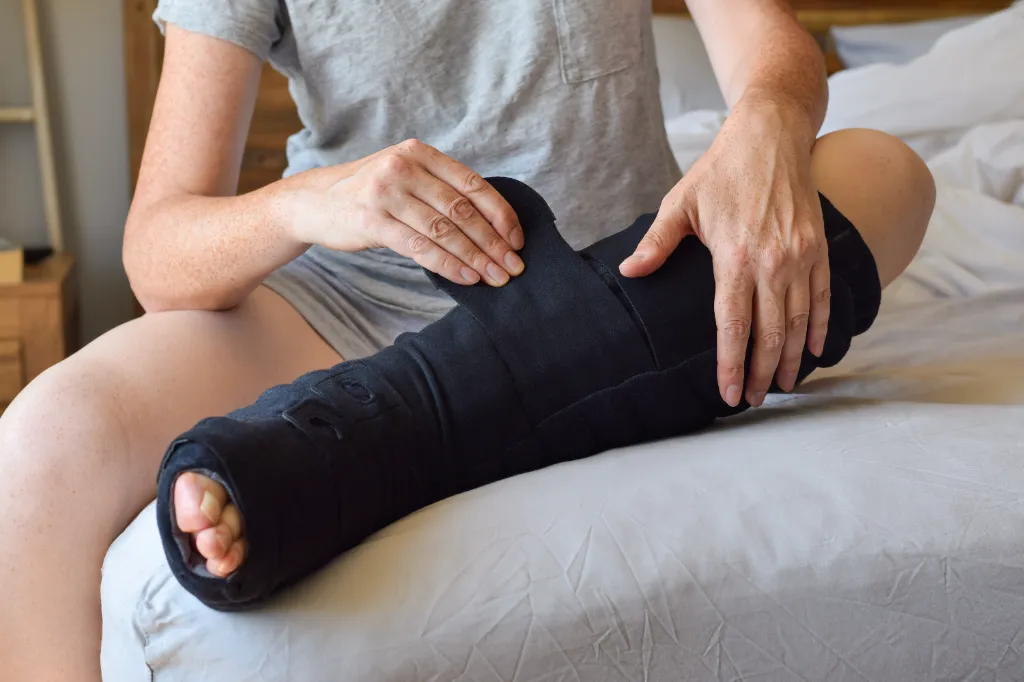Post-surgical pain is a natural part of the healing process. However, if not properly managed, it can delay recovery, lead to complications, or even become chronic. Fortunately, with the right strategies and a proactive approach, patients can reduce discomfort and ensure a smoother recovery.
In this guide, we explore the best practices for managing pain after surgery—from medication and movement to mental wellness and modern therapies.
Understanding Post-Surgical Pain
Postoperative pain typically occurs as the body heals from tissue damage during surgery. It can range from mild to severe and may last from a few days to several weeks, depending on the type and complexity of the procedure.
Common Types of Pain After Surgery
- Acute Pain: Immediate and short-term pain after surgery.
- Referred Pain: Pain felt in a different part of the body (e.g., shoulder pain after abdominal surgery).
- Chronic Post-Surgical Pain (CPSP): Pain lasting more than three months post-surgery, often due to nerve injury or complications.
Best Practices for Managing Post-Surgical Pain
1. Follow a Doctor-Approved Pain Medication Plan
Medications play a central role in early post-surgical pain control. These may include:
- NSAIDs (e.g., ibuprofen): Reduce inflammation and pain.
- Acetaminophen: Common for mild to moderate pain.
- Opioids (e.g., oxycodone): For short-term, severe pain management.
- Nerve Block Injections or Epidurals: Used during and after major surgeries.
Important: Always follow prescribed dosages to avoid side effects or dependency.
2. Incorporate Non-Pharmacological Techniques
Medication alone is not always enough. Complement it with these safe, natural techniques:
Cold and Heat Therapy
- Ice packs reduce inflammation and swelling in the first 48 hours.
- Warm compresses relax muscles after swelling subsides.
Deep Breathing and Relaxation
- Reduces muscle tension and stress-induced pain.
- Techniques: Meditation, guided imagery, progressive muscle relaxation.
Music or Distraction Therapy
- Music, puzzles, or light reading can reduce focus on pain.
3. Get Moving (When Cleared)
Bed rest may seem like the best option, but gentle, early mobilization can reduce stiffness, blood clots, and post-operative complications.
Examples:
- Walking short distances
- Gentle stretching or physiotherapy
- Breathing exercises to prevent lung infections (especially after abdominal surgery)
4. Eat a Healing Diet
What you eat can affect pain and healing speed. Focus on:
- Anti-inflammatory foods: Leafy greens, berries, turmeric, omega-3-rich fish
- Protein: Builds and repairs tissue (chicken, eggs, tofu)
- Hydration: Prevents constipation (a common side effect of pain medications)
5. Maintain Good Sleep Hygiene
Sleep is essential for healing. Pain can disturb sleep, but poor sleep can also increase pain perception—a vicious cycle.
Tips:
- Use extra pillows for support.
- Avoid caffeine and screens before bed.
- Take pain medications 30–60 minutes before sleep if recommended.
6. Attend Follow-Up Appointments
Regular checkups allow your surgeon to assess healing and adjust your pain plan. Don’t ignore symptoms like:
- Increasing pain or redness at the surgical site
- Fever or chills
- Numbness or tingling near the incision
Modern Innovations in Post-Surgical Pain Relief
Regional Anesthesia & Nerve Blocks
Used during surgery to numb specific areas. They may continue working for hours or even days after the procedure.
Long-Acting Local Anesthetics
Drugs like Exparel® provide pain relief for up to 72 hours post-surgery.
Wearable Pain Relief Devices
Some post-operative protocols now include wearable TENS units or neurostimulation devices to manage pain non-invasively.
The Mental Side of Pain Management
Psychological Coping Strategies
- Cognitive Behavioral Therapy (CBT): Helps change how you think about and react to pain.
- Mindfulness and Meditation: Reduce stress hormones and improve mood.
Note: Emotional distress can amplify pain perception—addressing anxiety or depression is vital for full recovery.
When to Seek Medical Help
Call your doctor or visit an emergency center if you experience:
- Severe or increasing pain not relieved by medication
- Excessive bleeding or discharge from the wound
- Difficulty breathing or chest pain
- Persistent vomiting or inability to eat/drink
Conclusion
Post-surgical pain is a temporary challenge that can be managed effectively with a balanced approach. By combining medication, gentle activity, mental health support, and modern innovations, patients can significantly improve comfort and accelerate recovery. Partnering with your healthcare provider and staying informed are key to a smoother, less painful post-operative journey.
Frequently Asked Questions (FAQs)
1. How long does post-surgical pain usually last?
Pain typically improves significantly within 1–2 weeks, but minor discomfort may persist for several weeks depending on the type of surgery.
2. Are opioids necessary for all post-surgical pain?
No. Many surgeries can be managed with non-opioid medications and alternative techniques. Opioids are usually reserved for severe or short-term pain.
3. What foods can help reduce post-surgical pain?
Anti-inflammatory foods like spinach, turmeric, salmon, berries, and nuts can reduce pain naturally and promote healing.
4. Can I exercise after surgery to relieve pain?
Yes, but only with doctor approval. Gentle movements and physiotherapy are helpful in reducing stiffness and improving healing.
5. What if the pain doesn’t go away after a month?
Persistent pain beyond 4 weeks may indicate complications or chronic post-surgical pain. Contact your doctor for evaluation and advanced pain management options.

